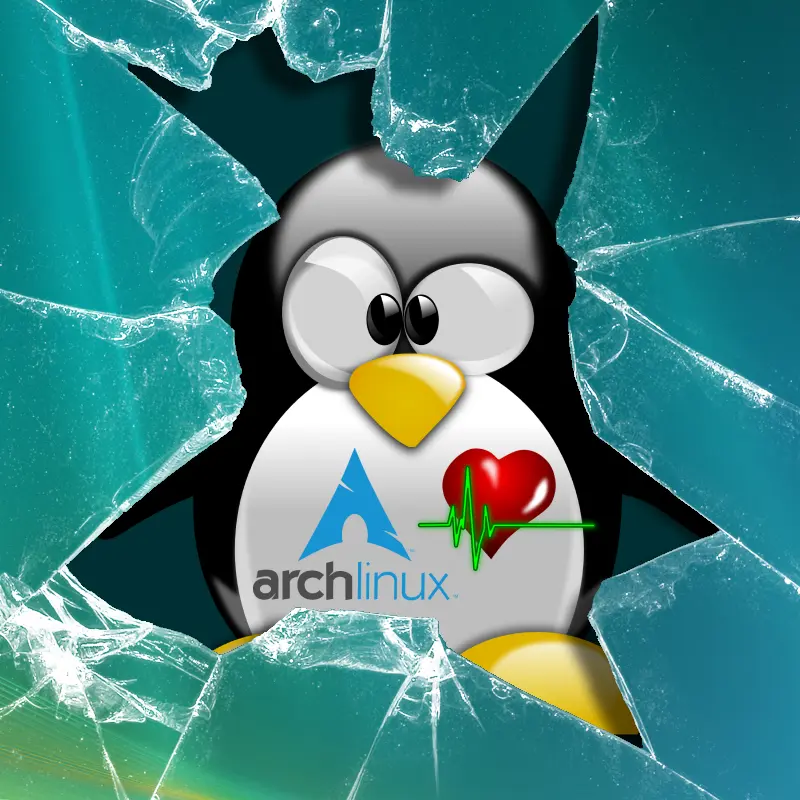I’m looking for a Debian based distro that has the same install process as arch. I hate bloated distros and haven’t been able to find anything yet. Anyone know of a distro like this?
You can debootstrab your debian yourself. It’s not the same as arch but even more configurable
While it looks like OP got it sorted out, all their comments suggest they’re running into complex issues that are solved by the “bloat” software they’re trying to avoid.
Feels like they’ll quickly proclaim “Linux doesn’t work” and go back to Windows.
Pro-tip OP: The 800mb of packages that get installed alongside your first KDE or Gnome software is not “bloat”, they’ll be common libraries you dodged installing when you gave yourself an X11 server with no DE
Dude are you joking? I don’t need a graphical file manager for example. That’s bloat. If not having a graphical file manager causes nvidia drivers to not work, there’s a major issue. I don’t want anything but a terminal and a browser.
Try dwm on some minimal distro installation.
Look into .xinitrc and startx. You can run a standalone window manager and you can use xbindkeys to define keyboard shortcuts to launch a terminal or other apps, and you can also bind keys to wmctrl actions or run autokey in the background for the more fancy window and workspace operations. (if the window manager doesn’t support them).
If you want a system tray, application menu and so on there are hybrid window managers like OpenBox that double as a super-lightweight DE.
- download the Netinst ISO
- install Debian without any GUI or “bloat”
- ???
- profit
Debian itself never works. It fails to install a bootloader no matter what iso I use.
I’d be the last person on earth to defend debian or systemd-boot that has turned linux into a garage project, but could it be that you are booting the image in legacy/bios mode and attempt an EFI installation? This is hackish to do since /sys/…/efi… doesn’t exist.
If you insure you are booting in efi mode then it should work out. If not chroot into the installation and follow the procedure of installing the bootloader manually.
Oh I had to go into my bios to select debian. ITS ALIVE!!!
I remember my first time using a UEFI system
https://minios.dev/ + ventoy
You can install Debian like Arch. Look at debootstrap and/or the Debian manual under manual installation. It’s actually a pretty streamlined process, especially if you’re coming from Arch.
honestly doing a minimal install no DE just base utilities and a shell and apt is the way to go. Just install the packages you want and go from there. I also recommend Sid for that arch feel but be sure to install apt-listchanges and apt-listbugs to help with upgrades.
I recommend installing aptitude for a nice ncurses interface and then browsing the metapackages tree for an easier time installing stuff. You can configure aptitude on whether you want it to install recommended or suggested packages, so if you want the minimal, just disable both.
Aptitude also has great visual handling of orphaned dependencies.
AntiX-Core is what you need. I found a ‘stable LTS and true minimalist system’ without dbus, elogin, and systemd. You can check the installation here from anticapitalista. Create this from VM, snapshot, and install on your device.
It doesn’t matter what the question is antiX is the answer.
Apart from antiX in recent years making tremendous strides in being truly systemd free it is more stable than debian, since systemd keeps releasing more and more buggy complexities such as systemd-boot
antiX also has stable/testing/unstable branches, but experience from the past proves that even sid/unstable is a very usable daily work system. Sid is close to arch but +5 architectures x2 32/64
If I well understood you, what you want is Debian with a great intaller. Don’t search anymore, there is the great Spiral Linux! Enjoy it.
a great installer
Please say you don’t mean the Flatpak GUI manager.
Debian. The basic install is very bare bones.
You will want the argument
--no-install-recommendsAlso I advise to
- use sid
- use BTRFS
- use pipewire, systemd, Wayland
- use Flatpaks for user apps
That way you will have a modern Distro with updated and not breaking apps with often official support, and the base is Debian but not thaaat Debian.
Your answer is in the official Debian installation guide:
D.3. Installing Debian GNU/Linux from a Unix/Linux System
Thanks you, finally a non removed who doesn’t understand that arch isn’t installed through calamares or debian-install
Glad I could contribute something.
If you want more tips: Choose the channel that suites you best. If you like arch, you probably like rolling distros. You could skip the stable channel and go for testing or unstable and that’d provide you with an experience alike a rolling release model. That isn’t officially supported… Debian focuses on getting security patches into stable, not necessarily the other channels. That’s why stable is recommended. However, the other ones work great and Debian usually do a good job with keeping them well-maintained, too. I run testing on my laptop and I like it.
If you mean the manual installation process, you can use debootstrap in the step where you use pacstrap for arch.
Just… Install arch?
Just install arch if that’s what you want.
Otherwise, RTFM - debootstrap.
Void?










